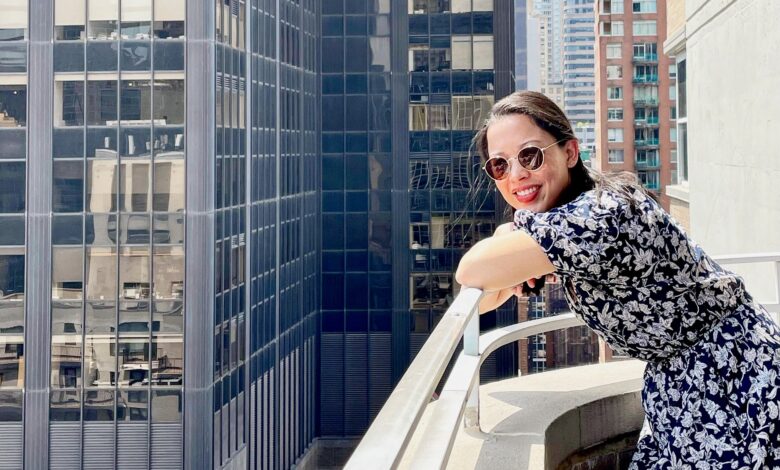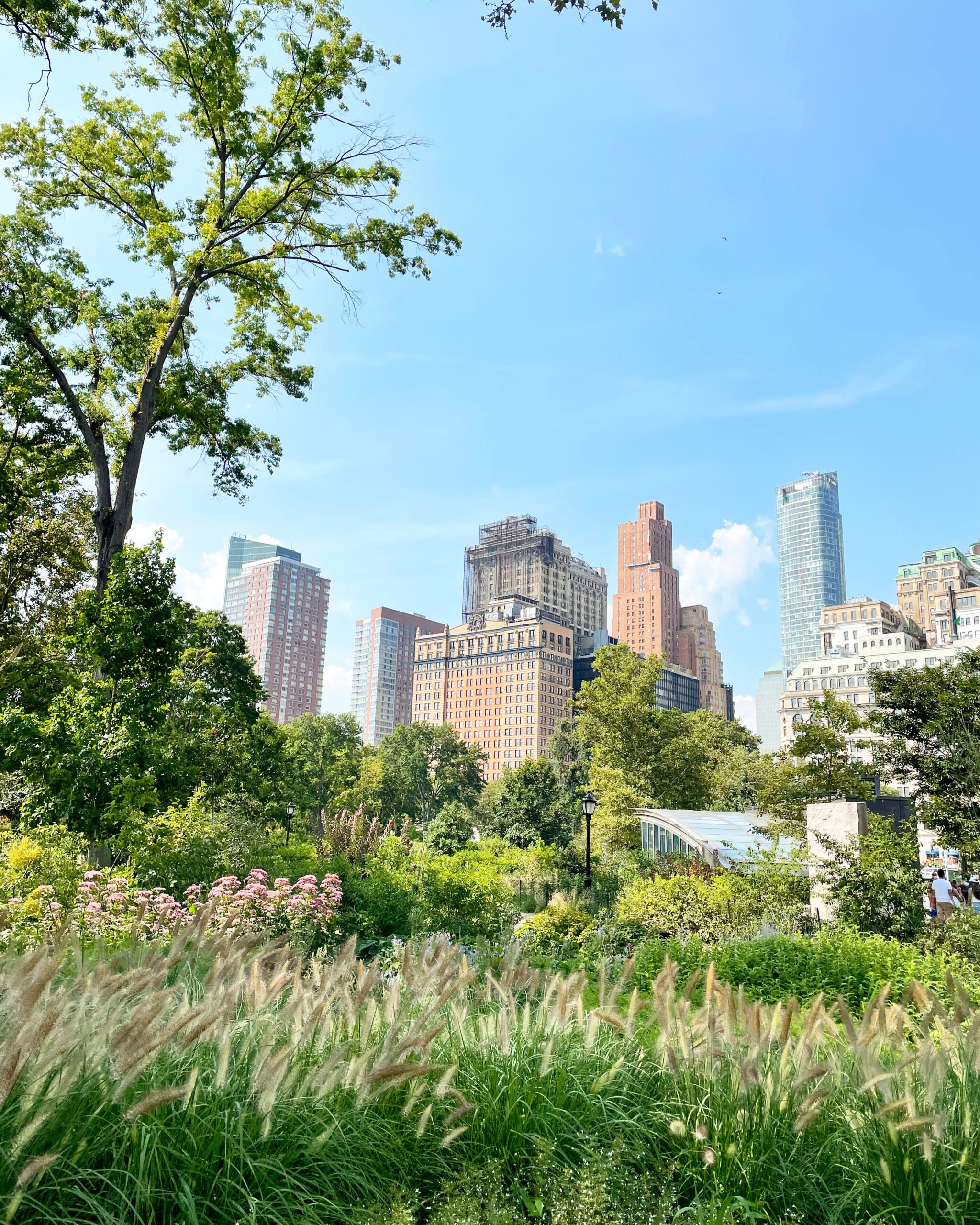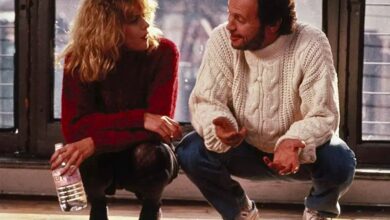New York City, I Love You But I Have a Disability


I wish I could say that New York City is the best place in the world. My mind can remember perfect moments there, when everything and everyone radiated with such possibility that it’s no wonder why the famed Frank Sinatra song still strikes a nerve. I’ve solidified friendships in New York City; I’ve stayed up all night in New York City; I’ve fallen in love in New York City.
But New York City sucks.
I’m not saying this as someone who grew up in Los Angeles. And I know what it feels like when outsiders — cough, New Yorkers, cough — come to my hometown and have, like, a decent taco and a freeway experience and suddenly feel qualified to share their opinions. I want to love this place, because in many ways, it’s tried to love me. Yet, as a woman with cerebral palsy, New York City is at odds with my disability.
Years ago, on a solo day in Manhattan, I spent the morning at the Met and then decided to head to the Plaza. Before I left, I did a mental pro-and-con negotiation while staring at my phone for directions. I can stroll unaided for about 30 minutes before needing to rest, which is nearly the exact amount of time this trek takes, and I figured that I could always relax once I reached the hotel. It was a straight-shot down Fifth Avenue, and since my taxi and rideshare money was adding up fast, I chose to walk.
I didn’t factor in that it was 18 degrees outside. My poor California muscles grew as stiff as a three-day-old slice of pizza, and every scissoring step I took jolted my body with pain. There were no benches to rest on, no ledges to lean against. I wondered what would happen if I slumped down on the side of a building for a moment.
Then, I heard the loud voice of a man standing several paces away. “Blue coat! Blue coat!” he said with his hands cupping his mouth, the call booming down the sidewalk.
“Yes?” I answered.
“What do you think you’re doing? Get in here!” He was the doorman of a high-rise resembling a wedding cake, with a marble lobby so ornate that it might as well have been the Plaza. “Let me get you some tea. Sit right there,” he said, pointing to a leather chair I plopped into. A woman sitting in the chair beside me was covered in fur and had a small dog on her lap. She looked concerned. “He said he saw you from far away. Why didn’t you just get a cab?”
I could’ve taken a cab. The doorman eventually insisted that I take a cab; I’ve learned that I will forever just take a cab. I’m used to spurts of walking and resting, then walking and resting again. I’ve climbed up and down the subway steps dozens of times, always grateful when someone gives me their seat as we rumble over the tracks. I’ve made countless negotiations with my body, calibrating my limits and recalling injuries from pushing myself too far. Sometimes strangers will politely step in to help. This makes my time in the city happen in a split-screen. On one hand, I try to live in the moment, soaking in the fall leaves of Park Slope, summer ice-creams in the West Village, and winter skating rink at Rockefeller Center. But on the other, these surroundings routinely show me how I’m different, forcing me to grapple with a detail about my life that requires on-call ingenuity.
New York City was not built to make disabled people feel like equal members of the crowd. In ways as small as a step into a store, or as large as a widely inaccessible subway system, the city makes my body play defense. “Good luck figuring out how flights of subway stairs factor into your 30-minute walking limit,” it taunts. “Sure, try hailing a cab without stepping into the street,” it jeers. As game as I am to meet these challenges, it can be exhausting. The next hurdle is always approaching, and I better be prepared.
There are times when I’ve watched in awe as strangers sprint to catch a departing train, or carry their bagels down the steps of a bodega entrance in one easy motion. I wish I could take Bill Cunningham-esque pictures of commuters dressed in heels I can’t wear, disappearing into the backs of yellow taxis in one slippery swoop. I marvel at bodies that can move freely here, not noticing all the things that can make it hard. But I don’t want to look down on my body in the process, imagining that it could be something it’ll never be.
It’s easier for me to move around in a car in Los Angeles, and it was nice that London almost always had elevators and escalators to the tube when I lived there. It didn’t surprise me that Japan’s famously efficient trains lived up to the hype during a brief layover, which made me eager to return. But I actually wept while riding on Vienna’s public transportation, in which every subway stop is wheelchair accessible and almost every bus and streetcar is, too. It meant that all bodies could step from a subway to a platform without a gap, and then take a wide elevator to the street, without the mental math and physical exertion of doing otherwise. If only the MTA could put forth the same effort. It hasn’t fully met the requirements of the Americans With Disabilities Act for more than 30 years, even if it’s trying and recently appointed someone to oversee it. When this law is followed, it can benefit everyone — like, say, if you have a stroller, groceries, or a broken leg. Sometimes, a big reason isn’t even necessary. It could be that you simply didn’t feel like climbing stairs that day.
I wish I could say that the answer to access is simple, or that visiting New York City with a disability isn’t tough in countless other ways that my particular body is excluded from. I wish the low-slung solutions of “don’t come here then” or “stay home” didn’t hurt; I wish that it was somehow possible to feel the full grandeur of the Brooklyn Bridge from bed. I wish I didn’t have to explain the idea that “Yes, this city can be hard on everyone, but this is another level”; or that Access-a-Ride didn’t operate like a consolation prize. I wish it weren’t so expensive to be different, so tiring to navigate and make peace with what happens in a city to bodies that weren’t supposed to fit. I wish more people understood that we’re all in a losing battle with our knees.
Many New Yorkers are trying to help grant these wishes, and it’s possible to join in. You can become a member of the Elevator Action Group to push for transit accessibility sooner rather than later, for example, or donate to the Brooklyn Center for Independence of the Disabled. You can report an obstruction or outage to the MTA’s Accessibility Team, or let Mayor Eric Adams know we want a system as inclusive as Vienna’s by sending him a message.
Of the many things I’ve wished for here, I wish that the best city in the world could be better about accessibility. Then, maybe, it could be deserving of the title.
Kelly Dawson is a writer, editor, and marketing consultant based in Los Angeles. She’s written for Cup of Jo about making friends with a non-disabled person and what disabled motherhood feels like. Follow her on Instagram, if you’d like.
P.S. How I travel as a queer fat Black woman, and what’s your #1 travel tip?







